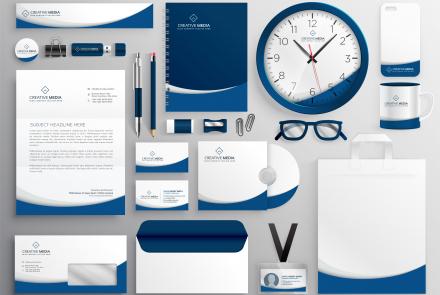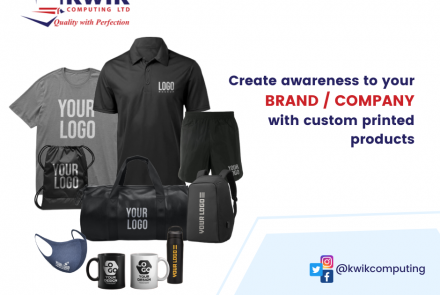Matching site design to your target demographic
When creating a website project, it’s always important to think about the end users of the site. Frequently it’s the case, however, that many designers focus too much on creating a site that will impress their clients, forgetting that it’s the audience who really matter.
What you need to do as a designer, is talk with your client and keep the focus on the intended audience and make sure the client is thinking the right way. You want to keep pushing the point that whatever features you are including in the design are features that are going to greatly improve the user experience and that the audience will love these features.
This is necessary because clients have an even greater tendency to forget the purpose of creating the website than designers do.
First identify the audience
Are they kids? Geeks? Geeky kids? Justin Bieber fans? Well you need to be thinking about that from the start. If you already have a clearly defined audience then you have a great starting point, otherwise you should revert to the time-tested method of creating personas and working out a target audience based on the personas you created. If you don’t know what I’m talking about, you need to hire a marketing consultant right now!
Tailor the interface to suit the primary audience
Now you’ve got the fundamental concept of who you’re designing for (remember, it’s not the client), the next step is to make UI decisions based on the definition of that audience. So for example, if we’re designing for young kids, then the decisions we’d make would be something like this:
- Simple layout with no advanced navigation techniques, site search etc.
- Large, rounded sans-serif fonts (consider cartoon styles).
- More use of bold typeface than normal
- Maximal use of images, particularly illustrations
- Minimal text, lots of white space
- More use of primary colors than normal
- More animations than normal
If we’re designing for geeks, then the choices would be very different:
- Complex layouts with sophisticated navigation system
- More emphasis on text, using highly relevant images only to enhance the text
- Use photo-realistic images whenever possible
- Use charts, graphs, and tables for data presentation
- Smaller fonts, consider serif when it’s important that text is highly readable
- Minimal use of bright colors, avoidance of pure primary colors unless they’re relevant
- Avoid animations unless essential
So you can see how designing for two very different audiences creates entirely different criteria. If you were designing a site for sports fans in their 20s, then you’d have quite different criteria again (more use of images, tendency towards bright non-primary colors, sans-serif fonts, big images and headings, more use of bullet points, etc).
Don’t let your clients sabotage themselves
Clients often destroy all the good work you do for them by making suggestions and recommendations based on what they like to see in a website. You need to remind them that the site is not for them, it’s for their audience. If you don’t, then you’re letting your client down, and more importantly you’re creating one more site that can’t go in your portfolio because it misses the mark.
- Log in to post comments






